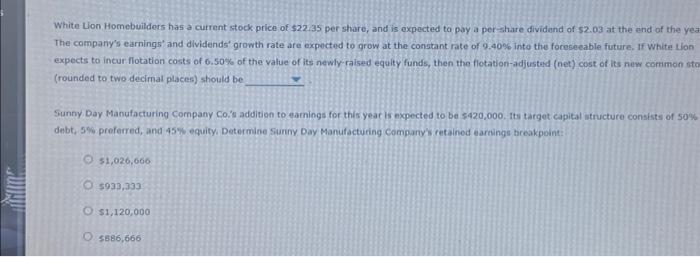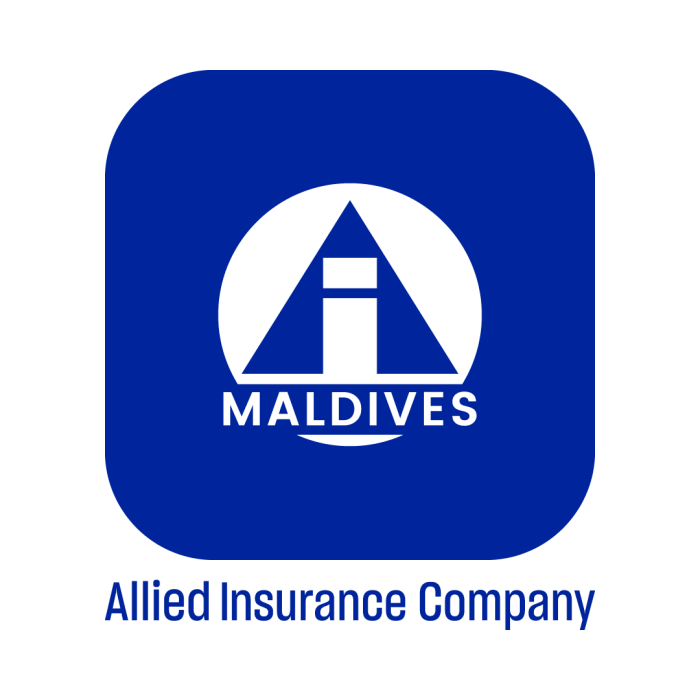When Greg Applies for Insurance and Makes a False Statement: Unraveling the Legal and Ethical Fallout
The seemingly innocuous act of applying for insurance can have unforeseen consequences, particularly when an applicant, like our hypothetical Greg, submits a false statement. This exploration delves into the multifaceted ramifications of such deception, examining the legal repercussions, the insurance company’s response, and the ethical dilemmas involved. From the subtle omission to the blatant fabrication, we analyze the various types of false statements and their potential impact on Greg’s future claims and premiums. We’ll navigate the complex landscape of insurance regulations, outlining the investigative processes employed by insurance companies and the potential penalties Greg could face, ranging from claim denials to legal action. Furthermore, this analysis will compare the handling of false statements across different insurance types and jurisdictions, providing a comprehensive overview of this often-overlooked aspect of insurance. Types of False Statements Providing false information on an insurance application is a serious matter with potentially significant consequences for the applicant. The severity of the repercussions depends heavily on the nature and extent of the misrepresentation. False statements can broadly be categorized into omissions, exaggerations, and fabrications. Omission of Material Facts Omission refers to the failure to disclose material information relevant to the insurer’s assessment of risk. This is often considered just as serious as an outright lie. For instance, if Greg has a history of heart conditions but fails to mention it on his application for life insurance, this constitutes a material omission. The insurer, unaware of this pre-existing condition, might underwrite the policy at a lower premium than warranted by the actual risk. Such omissions can lead to policy denial, cancellation, or even legal action if a claim is subsequently filed related to the undisclosed condition. The insurer may argue that they would not have issued the policy, or would have issued it at a different premium, had they been aware of the omitted information. Exaggeration of Facts Exaggeration involves misrepresenting the truth by inflating or overstating certain facts. In Greg’s case, he might exaggerate the security measures at his home when applying for homeowner’s insurance. For example, claiming to have a sophisticated alarm system with 24/7 monitoring when he only has a basic, easily bypassed system is a clear exaggeration. This could result in a lower premium than he should be paying, reflecting a lower perceived risk. If a burglary occurs, the insurer could investigate and discover the discrepancy, leading to policy denial or reduced payout. The extent of the exaggeration directly influences the severity of the consequences. Fabrication of Facts Fabrication involves creating entirely false information. This is the most serious type of misrepresentation. If Greg fabricates his driving history, claiming he’s never had an accident when he actually has a record of multiple at-fault accidents, this is a clear case of fabrication. This can lead to immediate policy cancellation upon discovery. Furthermore, if Greg files a claim related to an accident, the insurer’s investigation will likely uncover the fabricated information, resulting in severe penalties, including legal repercussions, and potentially even criminal charges depending on jurisdiction and the specific circumstances. The intentional deception involved in fabrication significantly increases the likelihood of severe consequences. Legal Ramifications Making false statements on an insurance application carries significant legal weight, exposing the applicant to a range of potential penalties. The severity of these consequences varies depending on the jurisdiction, the nature of the misrepresentation, and the specific terms of the insurance policy. Understanding these ramifications is crucial for both applicants and insurers.The legal implications stem from the principle of utmost good faith, a cornerstone of insurance contracts. This principle mandates that both parties act honestly and openly in their dealings. A false statement, therefore, constitutes a breach of this contract and can invalidate the entire policy, leaving the applicant without coverage in the event of a claim. Beyond policy invalidation, more serious legal repercussions are possible. Potential Penalties for False Statements Depending on the jurisdiction and the specifics of the case, Greg could face several penalties for his false statement. These may include the insurer denying his claim entirely, even if the false statement is unrelated to the claim itself. Furthermore, he could be subject to civil lawsuits by the insurer to recover any payments already made under the policy, as well as legal fees. In some cases, particularly involving fraud or intentional misrepresentation, criminal charges may be filed, resulting in significant fines and even imprisonment. The potential for punitive damages, designed to punish the offender and deter similar behavior, further increases the financial risk. For example, a case involving a significantly inflated claim due to a deliberately false statement about the value of insured property could result in substantial punitive damages in addition to the recovery of the wrongly paid claim. Jurisdictional Variations in Legal Consequences The legal consequences of making false statements on insurance applications are not uniform across all jurisdictions. Some states or countries have stricter laws and harsher penalties than others. For instance, some jurisdictions may have specific statutes addressing insurance fraud, which could lead to more severe penalties than those under general contract law. Moreover, the specific language of the insurance policy itself plays a role. Policies often contain clauses explicitly outlining the consequences of misrepresentation, which may differ from the general legal framework. A policy might stipulate immediate termination upon discovery of a false statement, while another might allow for a period of rectification before taking action. Consulting with legal counsel familiar with the relevant jurisdiction and the specific policy is therefore highly recommended. Insurance Company Response Upon receiving Greg’s insurance application, the company initiates a comprehensive review process. This involves verifying the information provided against various databases and potentially contacting third-party sources for confirmation. The speed and thoroughness of this process depend on factors such as the type of insurance, the amount of coverage requested, and any initial red flags raised by the application itself.The investigation into suspected false statements typically follows a structured protocol. Investigators may use a combination of automated systems to cross-reference data points with external databases and manual reviews by experienced underwriters to assess the consistency and plausibility of the information provided. For instance, a discrepancy between Greg’s reported driving history and information obtained from the Department of Motor Vehicles would trigger further scrutiny. Investigation Methods Insurance companies employ a multi-pronged approach to investigating suspected false statements. This might involve verifying employment history through contact with Greg’s employer, confirming address history through utility records, or checking medical records to validate claims about pre-existing conditions. Sophisticated fraud detection systems also analyze patterns and anomalies in applications, flagging those that exhibit characteristics consistent with fraudulent activity. For example, an unusually high number of claims filed shortly after policy inception might raise concerns. The level of investigation will be proportionate to the potential financial risk associated with the application. Possible Company Actions Following Discovery of False Statement If the investigation reveals Greg’s false statement, the insurance company may take several actions, depending on the severity and nature of the misrepresentation. These range from rejecting the application outright, to voiding the policy if it has already been issued, and in some cases, pursuing legal action to recover any losses incurred. For example, if Greg falsely stated he had no prior accidents to secure a lower premium and subsequently files a claim for an accident, the company may deny the claim and potentially pursue legal action for fraud. The company might also report the fraudulent activity to relevant regulatory authorities. The decision regarding the specific action taken is based on internal policies, legal counsel, and the potential for future claims. Fraudulent Application Process When dealing with fraudulent applications, insurance companies adhere to a rigorous process designed to protect their interests and comply with legal requirements. This typically involves documenting the evidence of fraud, notifying Greg of the findings, providing him an opportunity to respond, and subsequently making a final determination. The company may consult with legal counsel to assess the strength of its case and determine the most appropriate course of action. This process is carefully documented to ensure compliance with legal and regulatory requirements and to support any subsequent legal action. Depending on the jurisdiction and the specific circumstances, legal repercussions could range from civil penalties to criminal charges. Impact on Claim Processing Greg’s false statement on his insurance application will significantly impact his ability to receive future claims. Insurance companies rely on the accuracy of information provided during the application process to assess risk and determine premiums. A discovered falsehood undermines this foundation, leading to potential claim denials and legal repercussions.The consequences extend beyond simple disapproval; they can involve protracted legal battles and reputational damage. The severity of the impact depends on the nature of the false statement and the specifics of the claim. A minor misrepresentation might have less severe consequences than a deliberate falsehood designed to secure lower premiums for a high-risk individual. Claim Denial Based on False Statements A false statement on an insurance application constitutes a breach of contract. Insurance policies are based on the principle ofuberrimae fidei*, meaning utmost good faith. This requires the applicant to disclose all material facts relevant to the risk being insured. If a claim arises and the insurer discovers a material misrepresentation, they have grounds to deny the claim entirely. For instance, if Greg understated his driving history resulting in a higher-risk classification and subsequently filed a claim for an accident, the insurer would likely deny the claim based on the discovered falsehood, even if the accident was unrelated to the misrepresented information. The insurer’s investigation may include reviewing police reports, medical records, and contacting previous insurers. Appealing a Denied Claim The process for appealing a denied claim due to a false statement varies depending on the insurer and the jurisdiction. Generally, the insured must submit a formal appeal within a specified timeframe, often Artikeld in the policy documents. This appeal typically involves providing additional documentation to support the claim and refute the insurer’s reasons for denial. This could include evidence challenging the insurer’s assessment of the misrepresentation or demonstrating that the false statement was immaterial to the risk. Greg would need to present compelling evidence to overturn the insurer’s decision. If the appeal is unsuccessful with the insurer, further legal action, such as litigation, might be necessary. This process can be lengthy, costly, and uncertain, highlighting the importance of providing accurate information during the application process. Ethical Considerations Making false statements on an insurance application presents a significant ethical dilemma, transcending the purely legal ramifications. While the law dictates penalties for fraudulent behavior, ethical considerations delve into the moral implications of such actions, focusing on honesty, fairness, and the broader societal impact. … Read more









